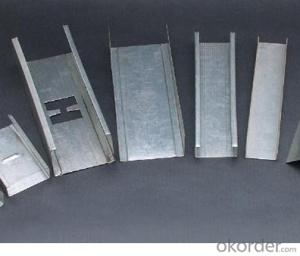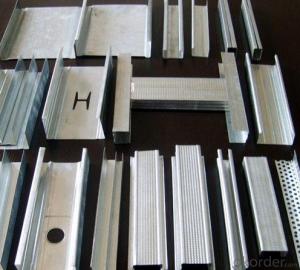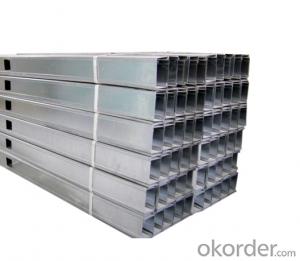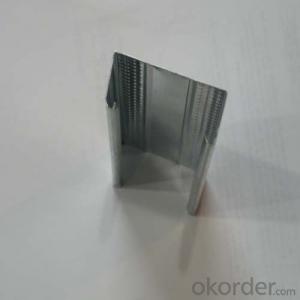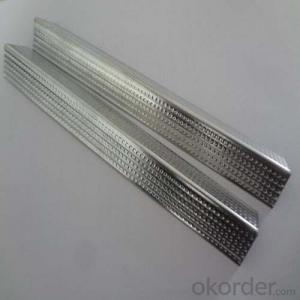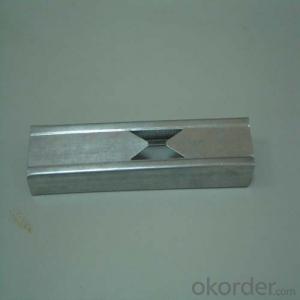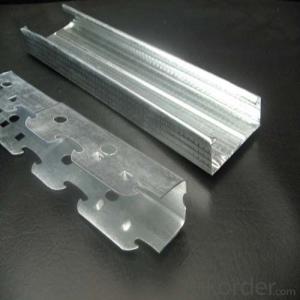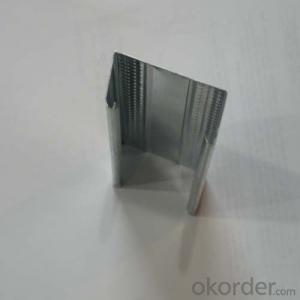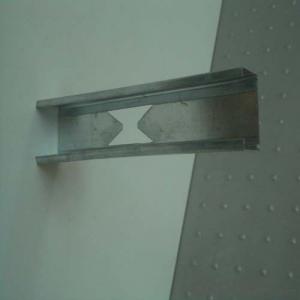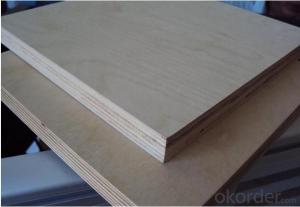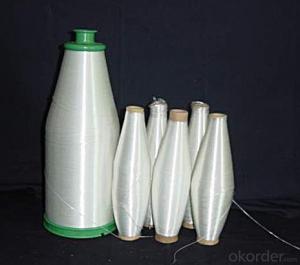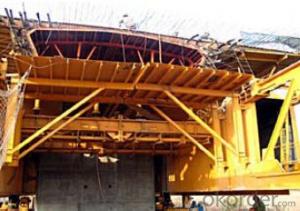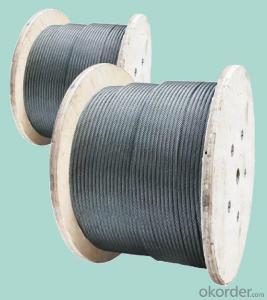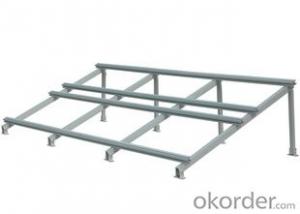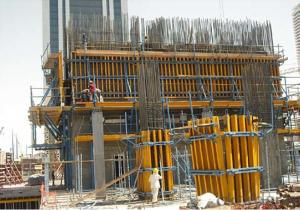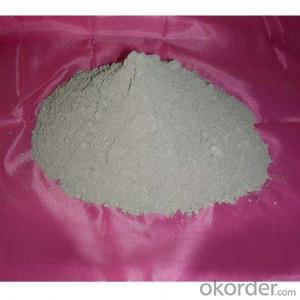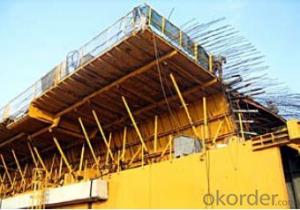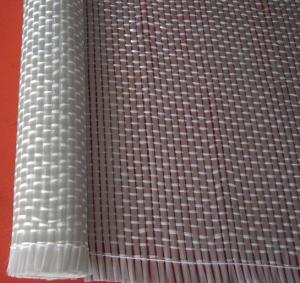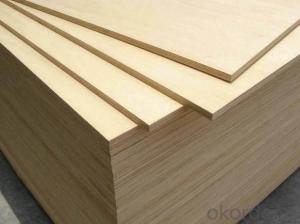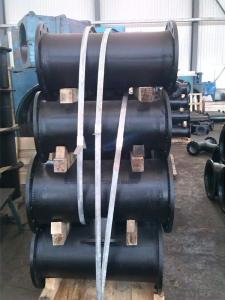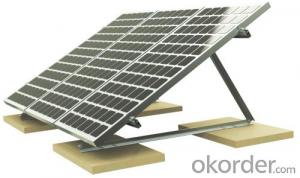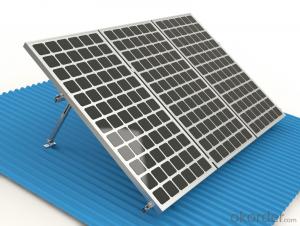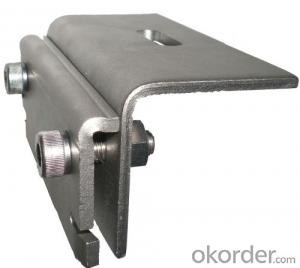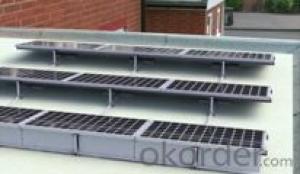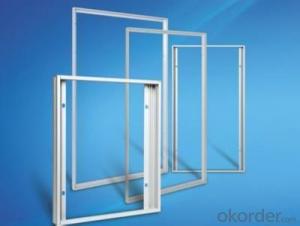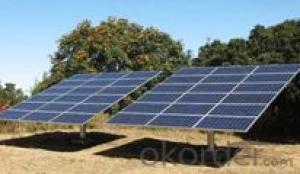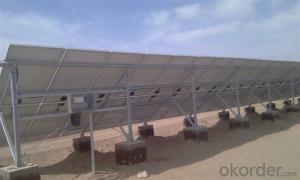C 49 Bridge Overhang Bracket
C 49 Bridge Overhang Bracket Related Searches
Grinding Tools For Metal Metal Frames For Beds Metal Stainless Steel Stainless Steel C Channel 440 C Stainless Steel Channel Letter Aluminum Coil 18 Gauge Galvanized Sheet Metal 28 Gauge Galvanized Sheet Metal Galvanized Sheet Metal 4X8 Aluminum Metal PlateHot Searches
Inverter Size For Solar System Used Metal Folding Chairs For Sale Large Metal Containers For Sale Metal Shop Cabinets For Sale Metal Shipping Crates For Sale Solar Panel Inverter Size Cost Of Drywall Per Sheet Large Size Aluminum Foil Aluminum Foil Market Size Solar Inverter Market Size Solar Inverter Size Chart Solar Inverter Size Aluminum Channel Stock Sizes Sheet Metal Roofing Prices 1 2 Inch Type X Drywall Cost Of Drywall 1 2 Type X Drywall Metal Roof Tiles Prices Metal Furniture Company Type C FuseC 49 Bridge Overhang Bracket Supplier & Manufacturer from China
Okorder.com is a professional C 49 Bridge Overhang Bracket supplier & manufacturer, offers integrated one-stop services including real-time quoting and online cargo tracking. We are funded by CNBM Group, a Fortune 500 enterprise and the largest C 49 Bridge Overhang Bracket firm in China.Hot Products
FAQ
- Yes, a solar mounting system can be designed and used in extreme weather conditions with appropriate engineering and materials. Factors such as wind, snow, hail, heat, and cold are taken into consideration during the design process to ensure the system's stability, durability, and performance. Additionally, regular maintenance and inspections can help ensure the system's resilience and efficiency in harsh weather conditions.
- Yes, there are specific requirements for installing a solar mounting system on a heritage site. These requirements typically vary based on the regulations and guidelines set by the relevant heritage conservation authorities. Some common requirements include ensuring minimal visual impact, preserving the historic integrity of the site, and using materials and installation methods that are reversible and do not cause damage to the heritage structures. It is important to consult with heritage experts and obtain necessary permissions before installing solar panels on a heritage site.
- Yes, a solar mounting system can typically be used with different panel sizes. Most mounting systems are designed to be adjustable and versatile, allowing for various panel sizes and configurations. However, it is important to ensure that the chosen mounting system is compatible with the specific panel sizes you intend to use.
- No, a solar mounting system cannot be used on thatched roofs due to the flammable nature of thatched materials.
- Yes, a solar mounting system can be used in areas with limited access to solar podcasts. Solar mounting systems are designed to support and secure solar panels in place, ensuring optimal exposure to sunlight for maximum energy generation. While solar podcasts may provide valuable information on solar technology and maintenance, they are not essential for the installation or functioning of a solar mounting system. The system's effectiveness primarily relies on proper installation and positioning of the solar panels to capture sunlight effectively.
- Yes, a solar mounting system can be used in areas with high snow load. However, it is crucial to ensure that the mounting system is designed and engineered to withstand the specific snow load requirements of the area. This may involve using heavy-duty materials, reinforced structures, or specialized design features to prevent damage or collapse under the weight of heavy snow. Proper planning, installation, and maintenance are necessary to ensure the safety and effectiveness of the solar mounting system in such conditions.
- Yes, a solar mounting system can be installed on a slate roof. However, special care and expertise should be taken during the installation process due to the delicate nature of slate roofing. It is important to hire professionals who are experienced in working with slate roofs to ensure the integrity of both the roof and the solar system.
